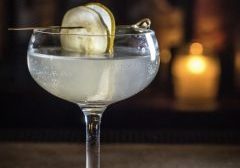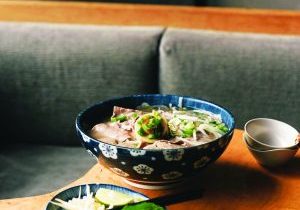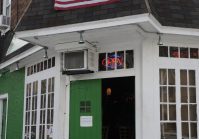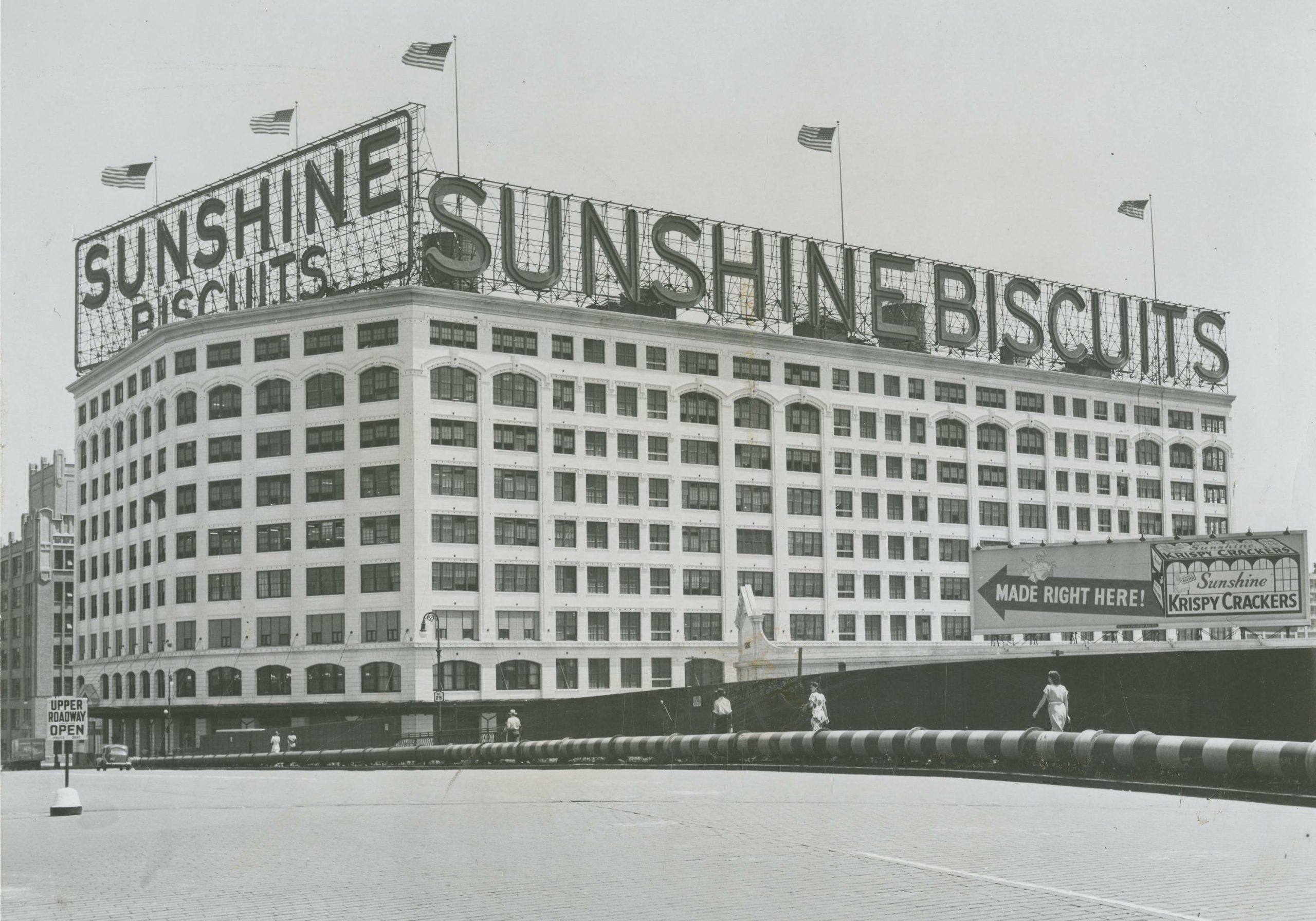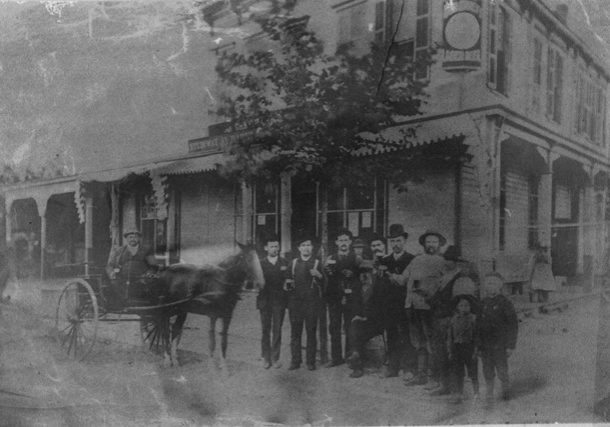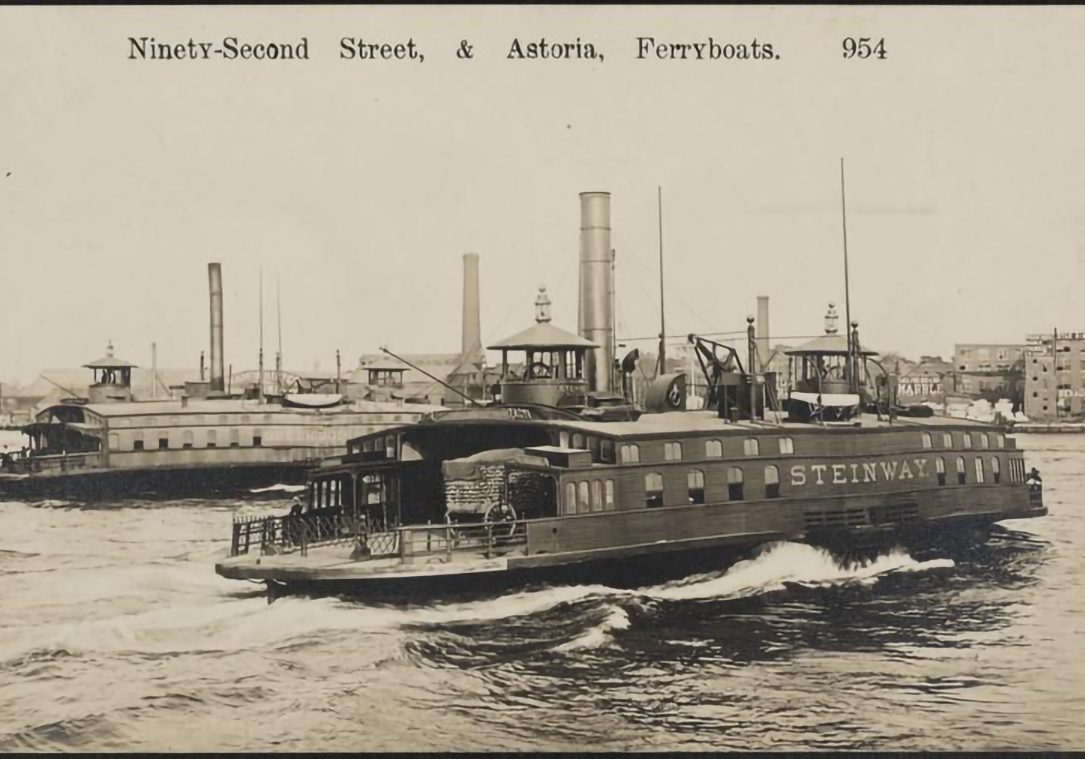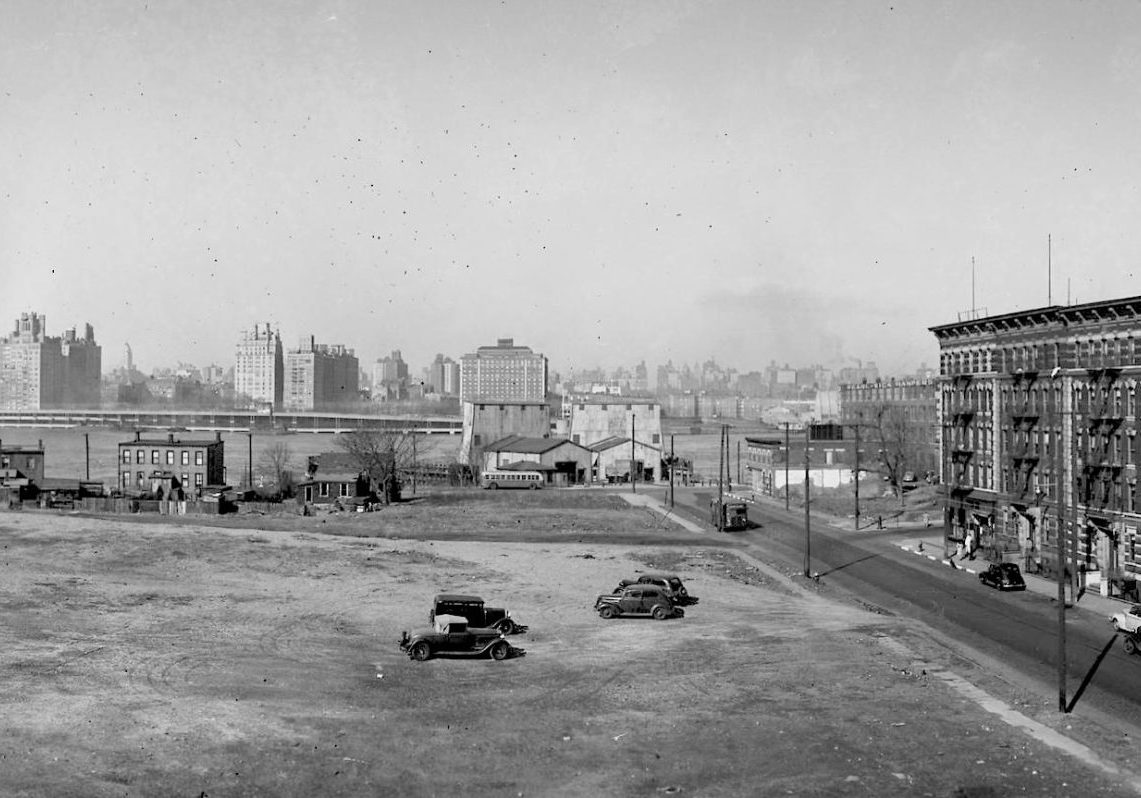Welkomen to Astoria’s German Heritage
The Germans were some of the first immigrants to arrive in Astoria as far back as the late 17th century. After the American Revolution, many came to New York City, and while some settled in Manhattan’s heavily-populated Kleindeutschland (or Little Germany), a large portion was drawn to Astoria’s agriculture and developed farms and gardens. Around the time of the Civil War, many Germans came to Astoria not as farmers, but as laborers and craftsmen. The family of William Steinway, who migrated to the US in the early 1850s, opened the Steinway Piano Factory in 1870. In November 1872, Steinway built a community for his employees known as Steinway Village which provided housing for factory workers and a public trolley line.

Albert Moritz posses with his family in front of his saloon in 1870 at the crossroads of Flushing Avenue (Astoria Boulevard) and Newtown Avenue. (Courtesy Queens Historical Society)
German immigrant, Abrams Ditmars, was one of the first German descendants to settle in Dutch Kills in the late 1600s; in 1870, Ditmars became LIC’s first Mayor, thus the origin of today’s renown street, Ditmars Boulevard. There are very few traces left of the German population that dominated the area for more than 200+ years, except for the street names of Steinway and Ditmars, the historic Steinway mansion and a beer garden. Let’s take a look at the legacy of German Astoria with a review of two classic destinations for everything Deutscheland.

The 1850 mansion of William Steinway of Steinway & Sons Piano at the foot of 41st Street in Astoria. (Courtesy Queens Historical Society).
Max Bratwurst und Bier
The ultimate Astoria-based German fare can be found at Max Bratwurst und Bier. Come enjoy mouthwatering specialties like Bierbratwurst mit Kase, Geflügelwurst, Leberkäse and Scharfe Bauernwurst. If you pronounced all of that perfectly, you get a discount on your bill! Just kidding. The food, however, is far from a joke, plentiful and easy on the wallet. Appetizers include Laugenbrezel (soft German pretzel that can be enjoyed small or Oktoberfest jumbo style); Kartoffelpuffer (three potato pancakes with apple sauce and sour cream); and for the main course, indulge in some Schnitzel (breaded cutlet with two sides). Lastly, if you’re up for the challenge, try conquering the Max Combo Platter ($66): up to four guests can enjoy one Pork or Chicken Schnitzel, one Leberkäse, four Nürnberger sausages, home fries, sauerkraut and red cabbage in addition to your choice of four brats. For desert, we recommend the Apfelstrudel (apple strudel) with vanilla ice cream. Max Bratwurst und Bier also has delivery – now that’s wúnderbar!

maxbratwurst Instagram
4702 30th Ave. | 718.777.1635 | @maxbratwurst
Bohemian Hall and Beer Garden
Both an NYC and Queens landmark, Bohemian Hall and Beer Garden has been in operation since 1910. In the late 1800s, many Czechs and Slovaks emigrated from Austria-Hungary and made their way to America, some of whom found a home in Astoria. For the past 12 decades, Bohemian has serviced this community by providing a cultural gathering space that eventually extended to part of the German empire. In 1892, the Bohemian Citizens’ Benevolent Society was formed, and on October 1, 1910, the cornerstone of Bohemian Hall was laid. At the time, there were more than 800 beer gardens in NYC. With limited days of operation due to COVID-19, Bohemian is open Wednesday-Sunday and invites guests to come and experience a true town staple with authentic features like Hoegaarden (wheat beer), Hofbrau (lager) and the imported pilsner beer, Krušovice Imperial. Popular dishes include: Buffalo Chicken Mac & Cheese, Chicken Paprikash (boneless white and dark meat in a savory, creamy paprika sauce served over jasmine rice) and Beer Hall Pork Shank (a mouthwatering, slow-roasted, apple cider-braised pork shank served with garlic mashed potatoes).

bohemian hall beer garden / Queens Library
29-19 24th Ave. | 718.274.4925 | @bohemianhallbeergarden


